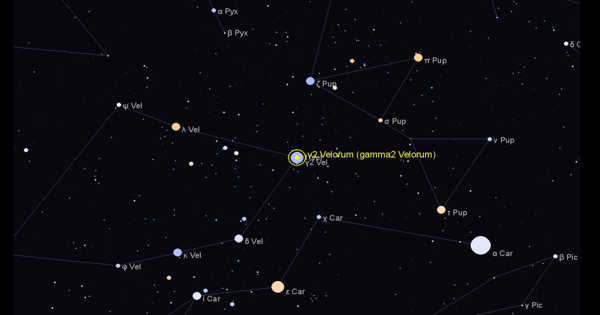Thiophenes are organic chemicals found in coal, crude oil, and, strangely enough, white truffles, a mushroom prized by epicureans and wild pigs.
Thiophenes were recently identified on Mars, and astrobiologist Dirk Schulze-Makuch of Washington State University believes their presence is consistent with the occurrence of early life on Mars.
In a new research published in the journal Astrobiology, Schulze-Makuch and Jacob Heinz of the Technische Universität Berlin investigate some of the conceivable avenues for thiophene genesis on Mars.
Their findings show that a biological process, most likely involving bacteria rather than a truffle caused the organic compound’s presence in the Martian soil.
“We identified several biological pathways for thiophenes that seem more likely than chemical ones, but we still need proof,” Dirk Schulze-Makuch said. “If you find thiophenes on Earth, then you would think they are biological, but on Mars, of course, the bar to prove that has to be quite a bit higher.”
Four carbon atoms and a sulfur atom are organized in a ring in thiophene molecules, and both carbon and sulfur are bio-essential components. However, Schulze-Makuch and Heinz were unable to rule out the possibility of non-biological processes causing the presence of these substances on Mars.
One proposed abiotic explanation is meteor impacts. Thermochemical sulfate reduction, which requires heating a mixture of chemicals to 248 degrees Fahrenheit (120 degrees Celsius) or more, can also produce thiophenes.
We identified several biological pathways for thiophenes that seem more likely than chemical ones, but we still need proof. If you find thiophenes on Earth, then you would think they are biological, but on Mars, of course, the bar to prove that has to be quite a bit higher.
Dirk Schulze-Makuch
Bacteria, which may have lived more than three billion years ago when Mars was warmer and wetter, could have aided a sulfate reduction process that ends in thiophenes in the biological scenario. Bacteria can potentially break down the thiophenes themselves through different routes.
While the Curiosity Rover has revealed numerous clues, it employs procedures that break larger molecules down into components, limiting scientists to studying the fragments that arise.
The next rover, the Rosalind Franklin, is set to launch in July 2020, and will provide more evidence. It will be equipped with a Mars Organic Molecule Analyzer, or MOMA, which uses a less harmful analytical method to capture bigger compounds.
Schulze-Makuch and Heinz suggest looking at carbon and sulfur isotopes with the data obtained by the next rover. Isotopes are chemical element variants with differing numbers of neutrons than the standard version, resulting in mass discrepancies.
“Organisms are ‘lazy.’ They would rather use the light isotope variations of the element because it costs them less energy,” he said.
The ratios of heavy and light isotopes in the molecules that organisms make deviate significantly from the ratios found in their building blocks, which Schulze-Makuch refers to as “a telltale indication for life.”
Even if the next rover returns this isotopic evidence, it may not be enough to show clearly that life exists on Mars, or ever existed.
“As Carl Sagan said ‘extraordinary claims require extraordinary evidence,’” Schulze-Makuch said. “I think the proof will really require that we actually send people there, and an astronaut looks through a microscope and sees a moving microbe.”
















